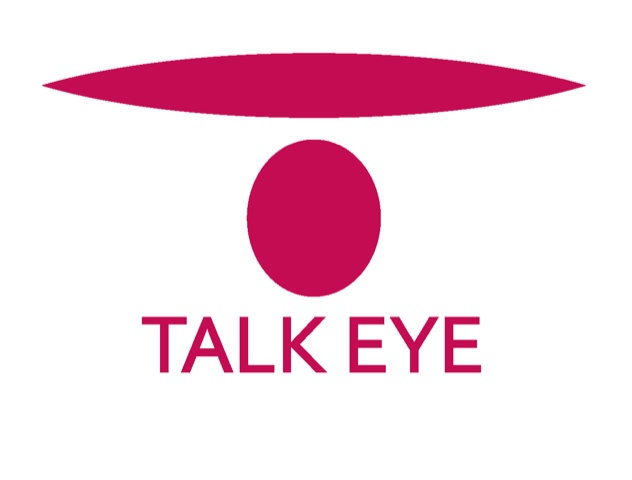Answers to Webinar Questions
質疑応答要約
Shiggy’s Questions Shiggyさんの質問
With cross tabulation data, how to show it effectively?
クロス集計のデータを効果的に見せる方法はありますか
回答
Four steps are:
4つのステップがあります。
- Ask the cross tabulation package not to show decimal places.
クロス集計のソフトウェア上で小数点以下を非表示にする。 - For many types of questions, sort the data from highest to lowest (or lowest to highest). But do not sort scales such as Agree Strongly to Disagree Strongly.
一般的には、データを降順または昇順に並び替える。但し、「強くそう思う」乃至「全くそうは思わない」のようなスケールについては並び替えをしないこと。 - Create tables that show the information in percentages only (not counts and percentages). Two values (count and percentages) for every cell is less visual.
パーセンテージ表示のみからなる表を作成する(計数およびパーセンテージ表示ではなく)。すべてのセルに二つの値(計数とパーセンテージ)が入っていると見にくくなる。 - Create ‘Net’ values, for example combining Agree Strongly with Agree to make a Net Agree number. You will see interesting patterns faster when looking at Net Agree and Net Disagree.
「ネット」の値を作成する。例えば、「強くそう思う」と「そう思う」の回答を合わせて、同意のネット値を作成する。ネットの同意とネットの不同意の値を見ると意味のあるパターンを早く見つけることができる。
Mr Takahashi’s Question 高橋さんの質問
When is showing the data in index form useful?
データを指数形式で表示するのがよいのはどのようなときですか?
回答
Index is useful when showing changes over time. This is why finance data, like the Nikkei, uses index values. In particular, indexing a set of value lets you see which brands or items are growing the fastest or slowest over time.
時系列で変化するデータを表すときには指数が便利です。日経インデックスのようなファイナンスデータが指数を用いるのはこのためです。例えば、時間軸に沿って、複数の値を指数で表示すると、どのブランドや商品が急激に伸びているか、そうでないかを示すことができます。
Tomoko-san’s Question 1 ともこさんの質問
How do we choose the best options for tables and charts?
When choosing the right approach to tables and charts there are two situations.
数表vsチャートをどう使い分けたらよいでしょうか?また、トピックスやコンテクストによってチャートまたは表を選択するときの基準を教えてください。
回答
- When we are using tables and charts to find the story in the data.
データの中にストーリーを見つけるために、表やチャートを使う場合。 - When we are using tables and charts to present the story to a client.
見つけたストーリーをクライアントに説明する場合に表やチャートを使う場合。
When finding the data we should work to our own strengths. If you are a numbers person you will use more tables. If you are a visual person you will use more charts. The key things about whichever techniques you user are a) it should be quick and easy, so you can explore more things, and b) the package you are using should link to the data, so the changes you make are linked to the underlying information.
データを見るときは、我々は自分達の強みを活かす必要があります。数字を扱うのが得意な人は表を多用するでしょう。視覚化が得意なら、チャートを中心に使うでしょう。あなたがどちらのタイプであっても大事なことは、a)容易かつ迅速により多くの事柄を探索できること、b)普段使っているソフトがデータに紐づいているので、変更を加えると下層の情報にも影響を与えること、です。
When you are presenting the story you need to work to your client’s strengths, are they a numbers person or a visual person? What type of charts do they prefer – so research your client. In terms of the presentation, the tables and charts do not need to be so quick to produce, you can spend time to get them right, because you have already found the story.
クライアントにストーリーを伝えるときには、クライアントの強みに訴えかける必要があります。あなたのクライアントは、数字が好きですか?それともビジュアル化されたデータが好きですか?どのようなチャートを好むでしょうか?あなたのクライアントのことを知りましょう。プレゼンテーションの観点からは、数表やチャートを急いで作成する必要はありません。すでにストーリーを見つけているのですから、正しいものを作るために時間をかけましょう。
Tomoko-san’s Question 2
Can you give us examples of bad practice with tables and charts?
ときどき、テレビやウェブサイトなどで、変なチャートや、意図的に誤解を誘うようなチャートをみることがあります。データを伝える側が、「絶対にやってはいけない」、間違ったチャートの描き方について教えてください
回答
Anything which is not honest is bad practice. It is not always important to be accurate, but it is always important to tell the truth. Quite often you see a map of the USA colored in Red and Blue to show the distribution of support for Republicans and Democrats. But this is not an honest picture because many of the large states have very few people living in them. So, if 50% of the people vote Republican and 50% vote Republican, a map colored at state level often makes it look as though 90% of the country voted Republican.
どのようなものであれ、誠実さを欠くのはよい行いとは言えません。正確であるだけでなく、常に真実を伝えることが重要です。アメリカ合衆国における共和党と民主党の支持者の分布を示すために、赤と青に色別けされた地図が頻繁に使われますが、これは真実を表しているとは言えません。なぜなら大きな州の多くはその大きさに比べて人口が少ないからです。よって、人口の50%が共和党に投票し、残りの50%が民主党に投票したと仮定すると、州単位で色別けされた全米地図はまるで人口の90%が共和党に投票したかのように見えてしまいます。

